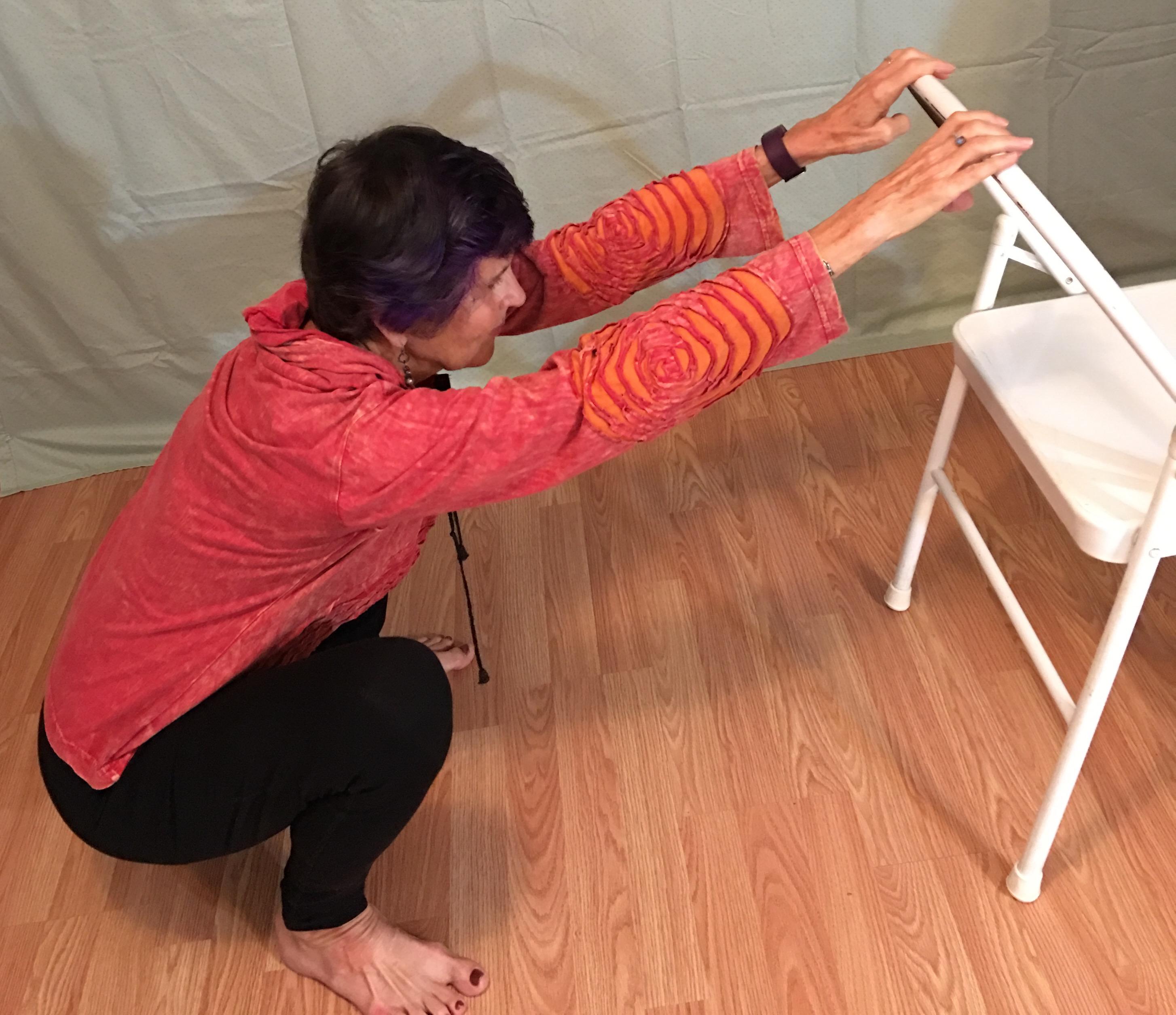Dear Movers,
In this column, I am going to consider with you the possibility of creating a new healthy habit and how to do that. The topic arose for me, and now for you, when I started, but did not complete a 30-day squat challenge for myself on January 1 of this year and invited my friends and clients to join me.
Because I am well-aware of the benefits of squatting, I had hoped that I could create a new behavior pattern for myself. I wanted (and still want) squatting to become a habit, like flossing my teeth . . .






